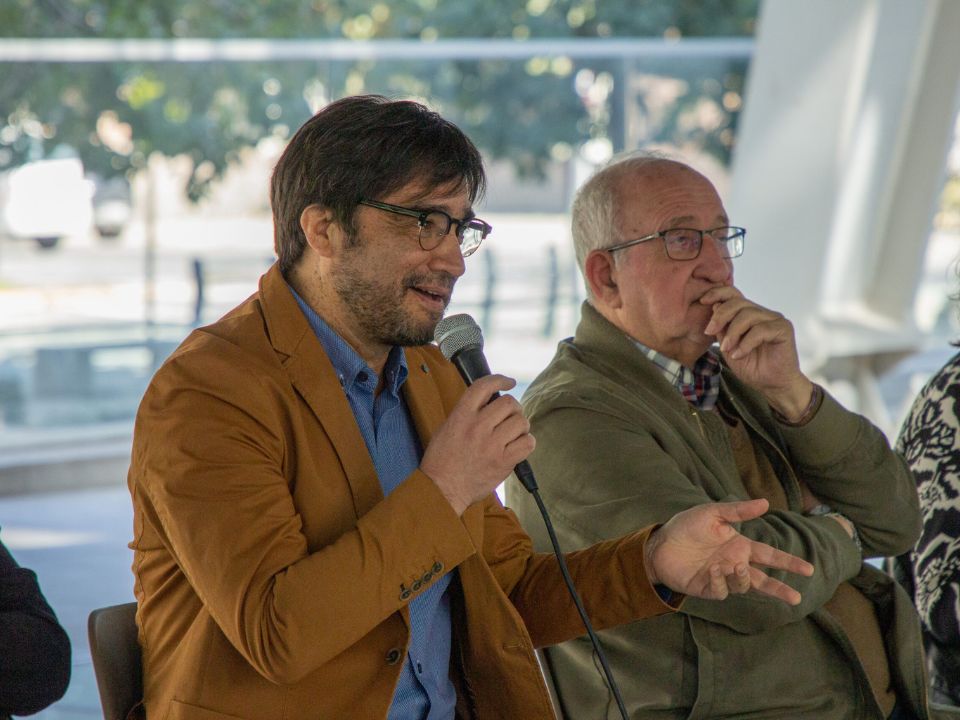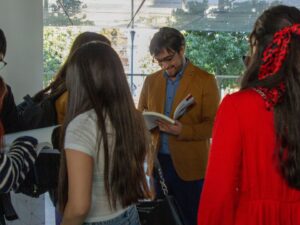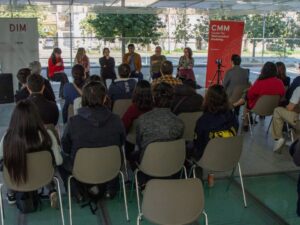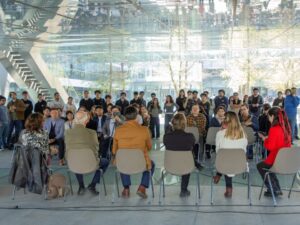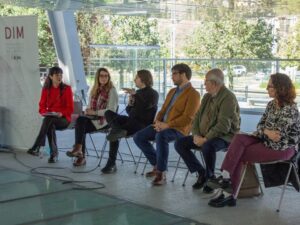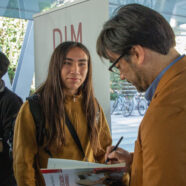
The work of the CMM researcher at the University of Chile emerged from the context of a university course, but aims to serve as a tool for scientific outreach.
Differential Equations is the title of the new book recently presented by its author, Dr. Axel Osses, an associate researcher at the Centro de Modelamiento Matemático (CMM) and a faculty member at the Faculty of Physical and Mathematical Sciences of the University of Chile.
In the book, Dr. Osses reflects on 20 years of academic work and science outreach, as well as the wide variety of problems addressed in the text. He explains that, given his workplace, he has access to diverse scientific approaches: “From civil engineering and biotechnology to geophysics and astronomy. Moreover, the CMM is a place where numerous applications from both the public and private sectors converge, all of which require mathematical solutions. In this context, I consider myself privileged, because I am surrounded by motivations and ideas coming from many disciplines.”
Regarding his objectives in creating the book, he notes: “The main goal was to motivate students. At the university—and also in other faculties—there are young people interested in these topics, but not everyone shares the same perspective. That’s why I sought examples that are easy to understand, engaging, and inspiring.”
Making the text accessible to a non-specialist audience was a challenge. However, the academic maintains: “I have always been inspired by Newton’s original ideas: to understand nature, you have to see it as processes, as changes, and every change can be described with differential equations. From a young age, I wanted to study and teach these equations in that way, so that students encountering this language for the first time could see how it describes nature.”
“I have been surprised by people with no mathematical background who find the book in bookstores, open it, and say, ‘How fun it would have been to study this—I wish I had understood it back then.’ Phenomena such as chaos theory or star formation spark a lot of curiosity. I believe it can interest not only engineering and science students but also the general public.”
Another creative challenge of the work was combining theory, exercises, and diverse applications. “It was a project spanning more than 20 years. I always consulted colleagues from different fields—geophysics, astronomy, civil engineering—asking which problems could be good examples for this course. Students from various disciplines who worked with me also brought ideas. Gradually, a set of varied problems was formed, taking care not to repeat them too often. It was a long process, but it was worth it.”
By Iván R. Tobar Bocaz, Communications, CMM.
Source and photographs courtesy of the Department of Mathematical Engineering, FCFM, University of Chile.
Posted on Sep 9, 2025 in News




 Noticias en español
Noticias en español
